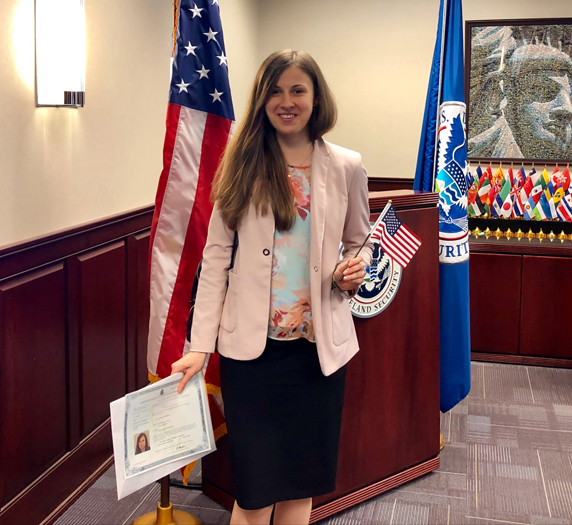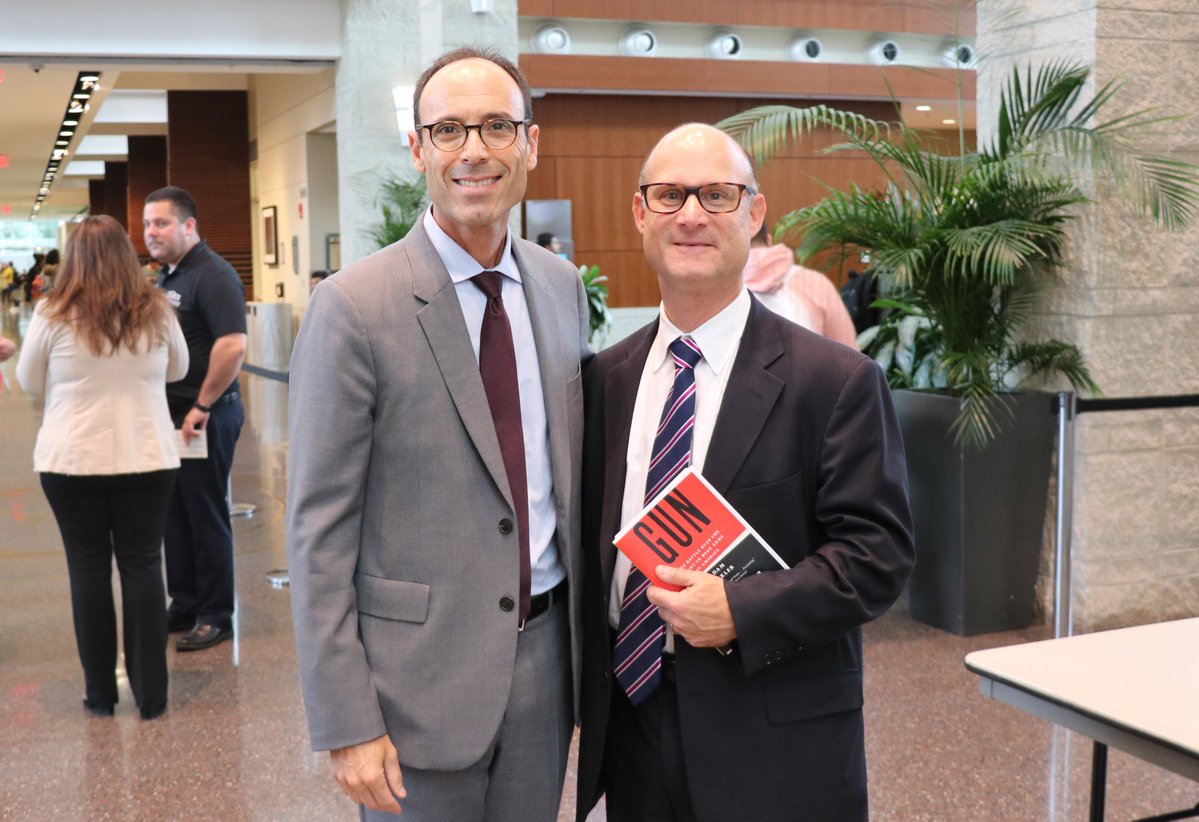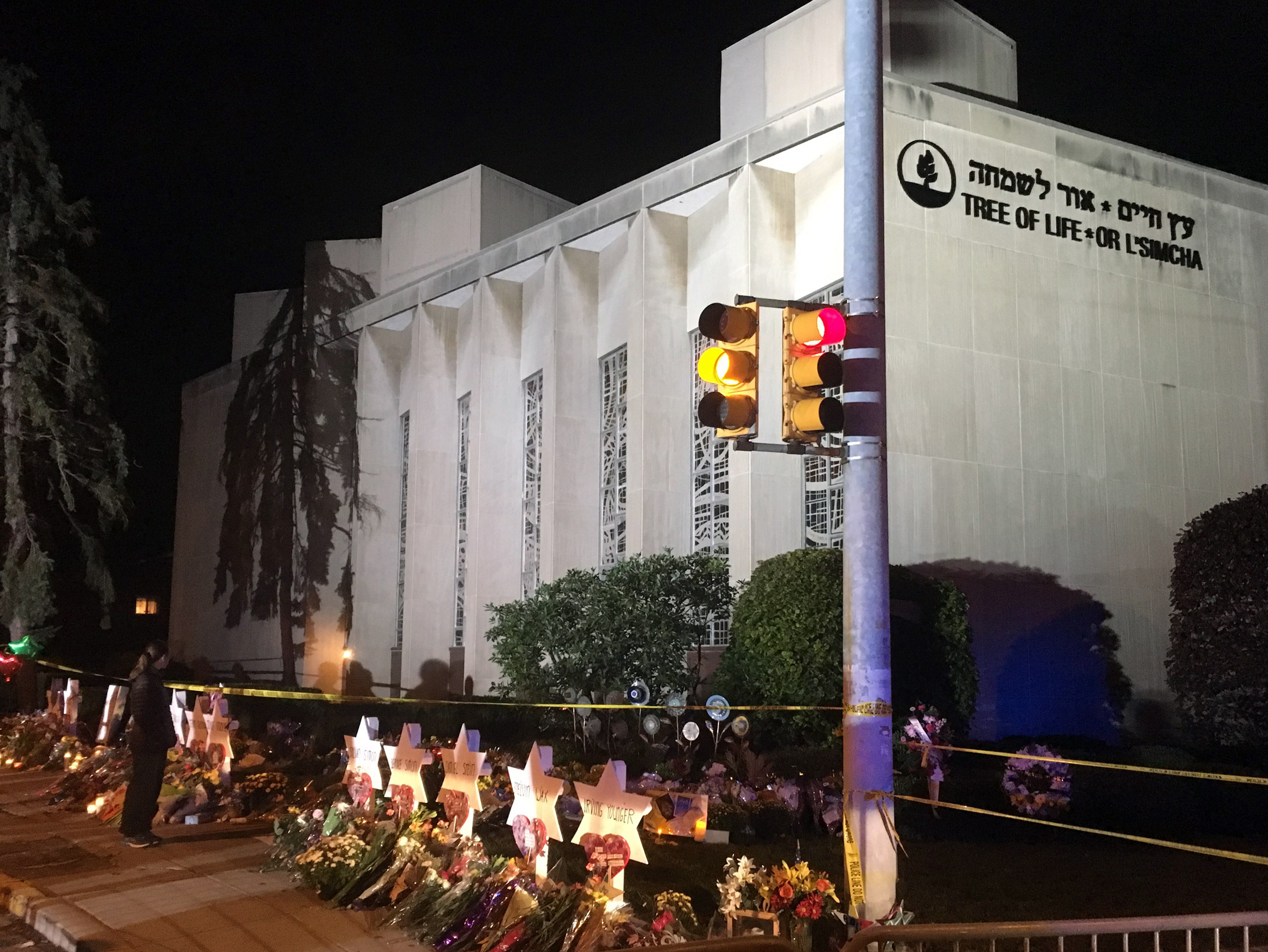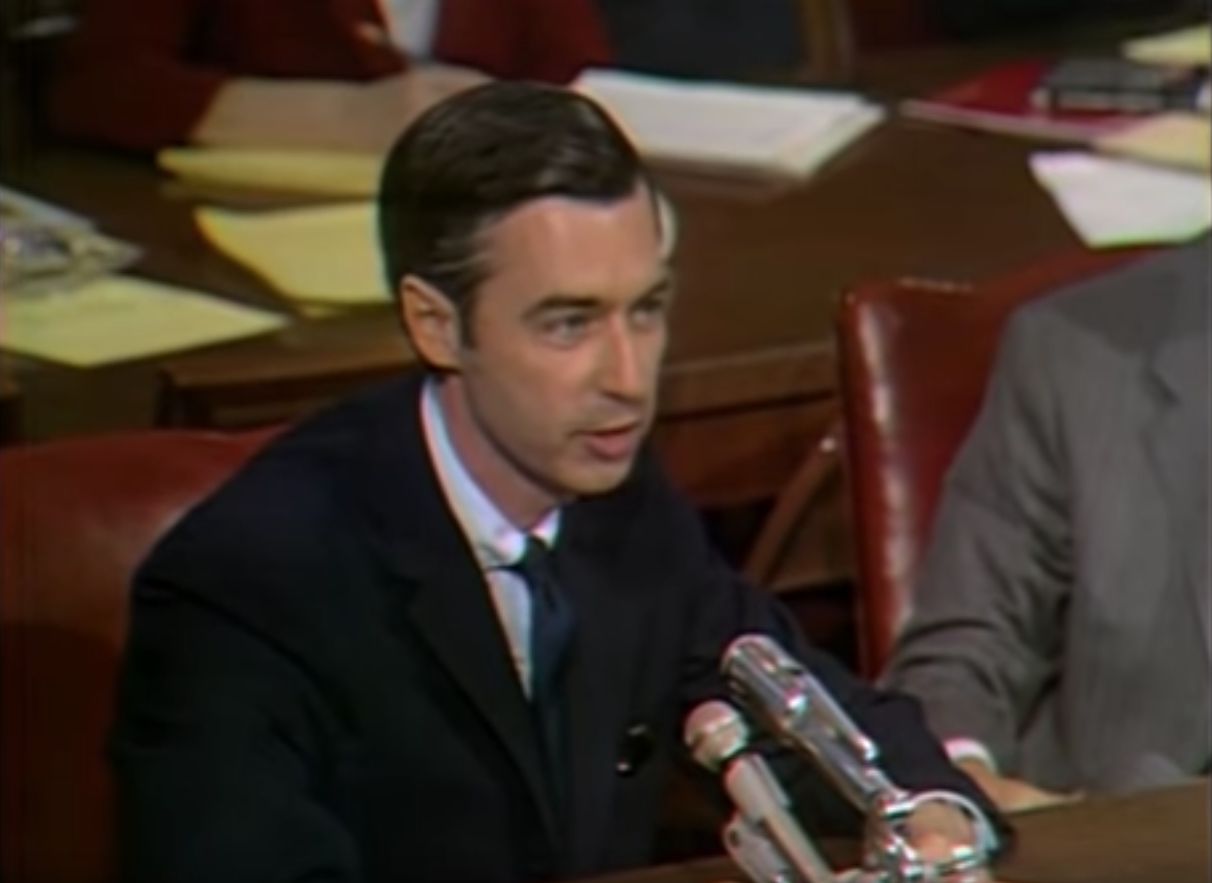By Dr. Michael W. Klein, Interim Executive Director of the William J. Hughes Center for Public Policy
Since starting at the Hughes Center for Public Policy in January, I have been struggling to think of an appropriate inaugural entry for our blog. The legacy of public service of my friend Bill Schluter, who died on August 6, has finally inspired me to write.
Bill was serving as the senator in Legislative District 23 when I was lucky to be working for an equally dedicated public servant, then-Assemblyman Leonard Lance. I learned quickly that the Schluter and Lance staffs worked in synch, particularly on scheduling. An entry marked with Bill’s initials – “WES” – likely meant that Assemblyman Lance would be attending, too.
Bill could see the future, in a way. In early 1993, during a meeting with municipal officials from Districts 23 and 24 – spanning Hunterdon, Warren, Sussex, Morris, and Mercer counties – Bill warned about the consequences of a new, 20-mile stretch of Interstate 287, soon to be completed between Suffern, NY and Montvale, NJ. Bill knew that trucks on Route 287 bound for New Jersey would bypass the tolls on the Turnpike by taking Routes 206, 202, and 31, roads intersecting his district – including his hometown of Pennington – that were not meant for those big loads and heavy traffic.
It’s as if Bill had already read an article in The New York Times that appeared three years later, on June 2, 1996, which said:
What is happening alongside the new stretch of Interstate 287 was widely predicted, but what is going on in Pennington, a small town 60 miles away, was not. Pennington, five miles north of Trenton in Mercer County, straddles Highway 31, a winding, hilly two-lane road flanked by residential drives, small shops, stands of trees and fields.
Interstate 287 transformed this pastoral road into a truck route, and every diner along it has become a de facto truck stop. In 1991, when New Jersey Turnpike tolls were doubled, the trickle of trucks here became a steady stream. The opening of Interstate 287 made it a torrent.
The only issue more vexing to New Jerseyans than traffic is property taxes, and Bill tried to tackle that, too. His idea was a constitutional convention dedicated to the single issue of property taxes. In 2000, Bill helped to found Citizens for the Public Good, a bipartisan group with a mission “to act as a forceful advocate for fundamental reforms.” After first focusing on campaign finance reform, Citizens for the Public Good turned its attention to property tax reform in 2002.
Rather than an advocacy campaign, Citizens for the Public Good – technically, its 501(C)(3) offshoot, the Coalition for the Public Good – directly engaged the people of New Jersey with a Citizens’ Tax Assembly. Statewide recruiting brought in about 600 nominations, resulting in 100 delegates. In the end, 92 of them traveled to the State House over the weekend of September 13-14, 2003 – two whole days! – for wonky discussions, in large settings and small groups, about property tax reform. Continuing to be inspired by Bill and his organization, the delegates met again on June 12, 2004 to hash out specific policy recommendations and the structure of a constitutional convention. In September and October of 2004, four regional forums, each with its own set of delegates totaling 125 people, met in day-long sessions in Cherry Hill, Jersey City, Morristown and New Brunswick.
Bill Schluter was a driving force behind all of it, and he somehow convinced me to serve as a moderator each time.
While Bill’s vision of a constitutional convention did not materialize, the work of the Citizens’ Tax Assemblies was impressive and still offers common-sense and provocative ideas for New Jersey, which you can find in three reports:
http://www.njleg.state.nj.us/PropertyTaxSession/OPI/let_the_people_speak_1.pdf
http://www.njleg.state.nj.us/PropertyTaxSession/OPI/let_the_people_speak_2.pdf
http://www.njleg.state.nj.us/PropertyTaxSession/OPI/let_the_people_speak_3.pdf
Redistricting caught up to Bill in 2001, and instead of running for reelection, he ran as in independent candidate for governor. To manage his campaign, he hired Doug Friedline, who had successfully run former pro wrestler Jesse “The Body” Ventura’s independent gubernatorial campaign in Minnesota in 1998. At a fundraiser in August 2001, Bill was dwarfed by the 6-foot-four-inch, 250-pound Ventura, but he managed to raise up to $50,000 at the event.
While perhaps not resembling a pro wrestler, Bill was an outstanding athlete. He ran in the New York City Marathon in 1993 at age 66, but when I saw him on crutches outside the Union Hotel in Flemington, I did not ask how it went.
Years later, I would see Bill most every morning at our gym, the Pennington Ewing Athletic Club. He was usually riding a stationary bike, reading a newspaper, magazine, or book. Reading, pedaling, reading pedaling. He’d greet me the same way every time: “Hiya, Mikey!” Then he’d want to discuss the latest political gossip or policy issue of the day.
“Mikey” was not the only nickname that Bill had for me. I was also a member of the “Lance Mafia,” the small group that served as legislative directors over the years to Assemblyman and then Senator – and now Congressman – Lance.
Bill loved politics, and he was the best master of ceremonies at fundraisers I ever saw. After introducing each guest speaker, Bill kept close watch of the time. Anyone who went too long would get the hook…one time literally, with a shepherd’s crook that Bill had somehow brought with him.
I still have more to say about Bill Schluter – his tradition of holding his own fundraisers during peak strawberry season, so he could give away pints of fresh strawberries to everyone as they left; his maverick streak that led him to support John Anderson for president in 1980, instead of his party’s candidate Ronald Reagan; our shared connection to Princeton University (“are you going to Reunions this year?”) – but in the spirit of Bill, I hereby give myself the hook.





